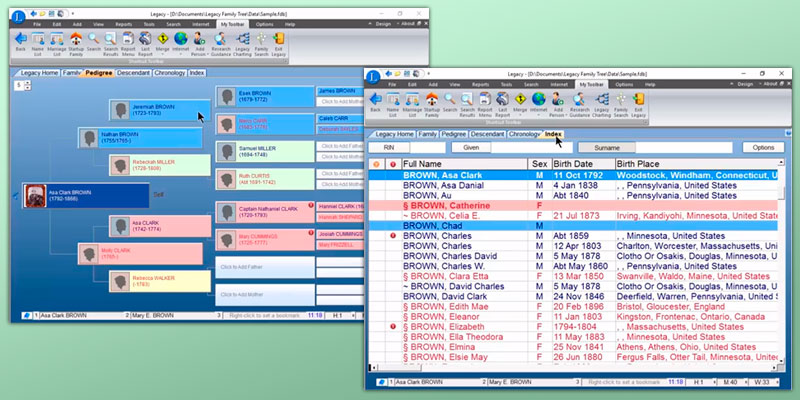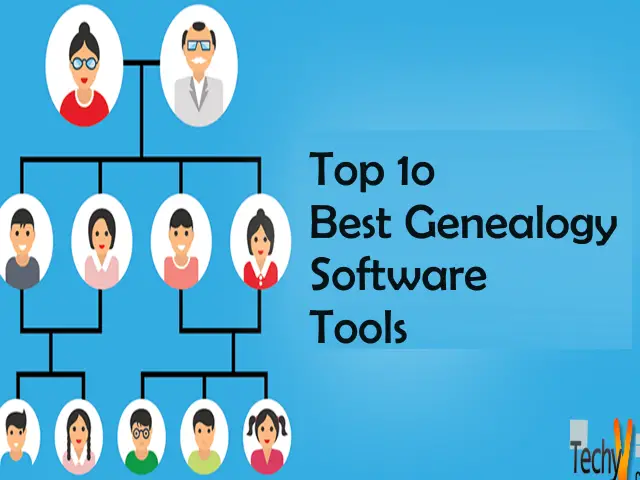
To definitively determine the biological father, the closest living relatives need to be found. As I identify more ancestors and descendants through documentary genealogical research, I’ll be able to rule out hypotheses and discover the most likely biological father candidates. With the probabilities generated by the “What Are The Odds?” tool, I have more ideas about which family lines I should focus on as the research continues. Go to and click on “Visit WATO” inside the rectangle entitled “Use matches to identify an unknown ancestor.” The next screen will be the What Are The Odds? version 1 page. Some relationships that were not considered possible in the first version of WATO are slightly likely to be possible now. The estimated relationships may be a generation closer in the v2 beta calculations than in version 1. The probabilities based on smaller amounts of DNA are available
#What is the best genealogy software available software
You can make this text file with your personal genealogy software from the program that stores your family history research. Import a GEDCOM file in this version – a previously created family tree converted to a Genealogy Data Communication file.What Are The Odds? (WATO) Beta v2 is the latest version of the tools, and it has the following additional features: It also doesn’t work when there is a double cousin or ¾ sibling relationship. The WATO tool does not work if there is endogamy in the family line – because you are related to each of the people in more than one way. This can help you find descendants that may link a stubby tree from a DNA match to more generations. See if you can find that ancestor on the FamilySearch Family tree, choose the descendancy view to identify children, grandchildren, etc., of the MRCA.Focus on a group or cluster of DNA matches that have the MRCA that is most plausible. Order a MyHeritage AutoCluster report, use Tier 1 tool, “Clusters With AutoTree, Closest to Single Kit Version,” and eliminate clusters that you know are related to an ancestor on the opposite parent’s side. You can also group shared matches using the DNAGedcom Client and Collins-Leeds method or Genetic Affairs AutoClusters for Family Tree DNA and 23andMe. Do you see some of the same ancestors in multiple DNA matches’ family trees? To do this, use the following features at the DNA companies: To find the most recent common ancestor (MRCA) of your DNA matches – use the shared matches feature at a DNA company and look at the family trees of the DNA matches.

Identifying the MRCA may also involve building a family tree for a DNA match to connect them with the ancestors at the top of the descendancy tree.

How the DNA matches are related – this requires looking at the DNA matches and the family trees attached to their DNA profiles at the DNA testing companies.



 0 kommentar(er)
0 kommentar(er)
